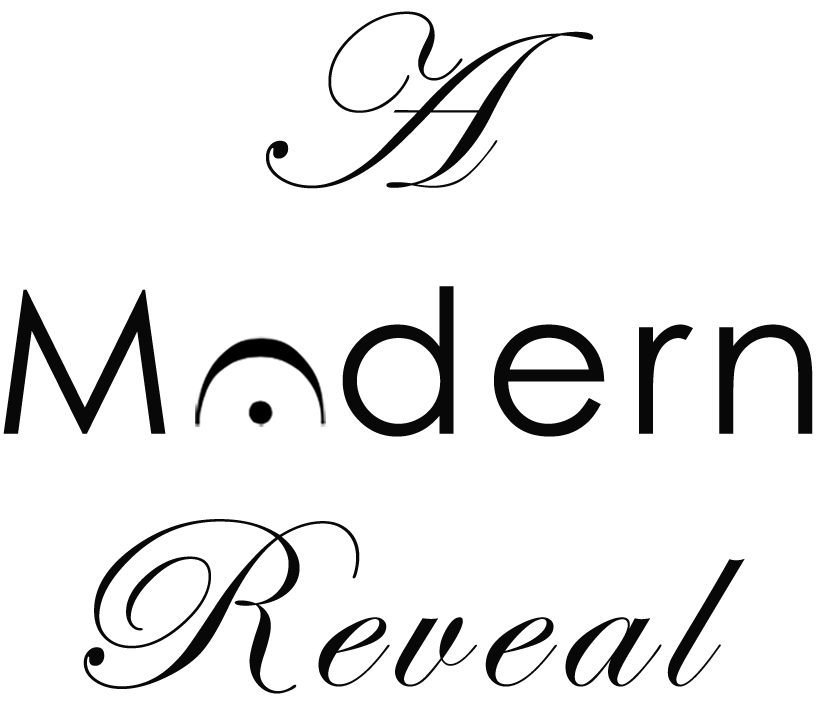Isabella Leonarda
Born: 1620
Died: 1704
BIOGRAPHY MUSIC RECORDINGS SOURCES
Anna Isabella Leonarda was one of six children born to Giannantonio, a count and lawyer, and Apollonia Leonardi, in Novara, west of Milan. By the time she was 80, she had written 20 books of music including solo motets, sacred concertos for 2-4 voices, litanies, masses and music for Vespers, primarily in Latin but occasionally in Italian. She is notably credited with being the first woman to write sonatas for violin and basso continuo. In addition to composing more than 200 works, she was a music instructor and a singer while holding positions of authority at the Collegio di Sant' Orsola, a convent in Novara, which she entered in 1636. There, she was deemed “the Novarese Muse par excellence.”
Leonarda’s relatives were prominent church officials, knights and civic leaders and she and her sisters all entered the same convent. The family continued to keep in close contact with one another despite their positions in and out of convent life. Leonarda probably studied with Elizabeth Casata, an organist at the convent, and Gasparo Casati, maestro di cappella of Novara Cathedral, who published two of her compositions in his Terzo Libro Di Sacri Concenti in 1640.
The Ursuline nuns, a teaching order, had a school adjacent to the church where upper class students studied. Church holy days at this prestigious institution were celebrated with feasts and elaborate music most often accompanied by organ. Leonarda likely wrote most of the sacred music for all performances at the convent while maintaining her duties as a music teacher, mother superior, and in her final years, a counselor.
Leonarda’s writing of organ music often followed typical conventions expected of four part sacred music of her time. Her cantatas contained experimentation with form, melodic style and the use of instrumental ritornellos, sometimes utilizing strings and theorbo. Her work was often dedicated to important officials including the Bishop of Novara, the Archbishop of Milan and Emperor Leopold I. Her solo motets were her most expressive works and included word painting, repetition and inventive harmonic language.
Several of Leonarda’s works were discovered in France where French composer, Sebastien de Brossard, came into possession of some of her music and gave a wonderful testament to her skills: “ All the works of this illustrious and incomparable Isabella Leonarda are so beautiful, so gracious, so brilliant and at the same time so learned and so wise, that my great regret is not having them all.”

